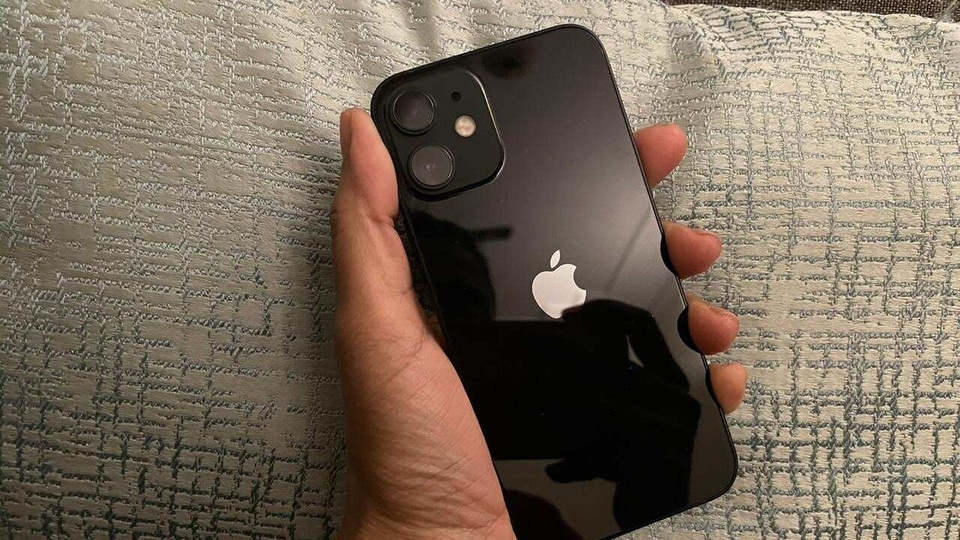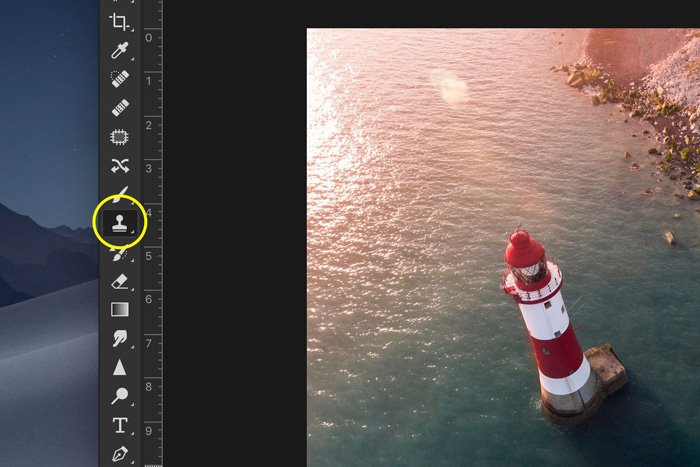



At smaller apertures, less light gets through, which makes the sun appear as a small and star-like beam of light. Aperture is the adjustable lens opening that controls the amount of light allowed into the camera. But if you overdo it, your photo could look so washed out that it’s unusable.Ī starburst effect happens when you shoot with a smaller aperture, such as f/11 or f/16. Veiling can be used intentionally to create a soft, warm mood for your photo. This all-over haze is called veiling and it occurs when the light source is out of the frame and to the side of your lens, but the rays still hit the lens’s front element. In some cases, a haze of light covers the entire scene, which can result in washed-out, low contrast photos. Don’t confuse this with bokeh, which is a background blur effect created by your lens. These visible spots or artefacts, are called ghosting. Apple is also testing iPadOS 15, macOS Monterey, watchOS 8, and tvOS 15.Lens flare often appears in photographs as circles or rings that emanate from the light source. iOS 15 is still in beta testing with developers and public beta testers and won't be available to all iPhone users until later this fall. However, I got home and noticed the lens flare has automatically gone in the original photo despite it being obviously there still in the live photo, meaning the automatic post processing has gotten smart enough to remove lens flares now!

So I've noticed something that I haven't seen reported elsewhere whilst out and about I took this photo and thought it was ruined/needing to be edited later due to the lens flare (as I've done numerous times in previous photos with the iPhone 12 Pro as it's so prone to lens flares). When revisiting the image later on in the day, though, they noticed it had automatically been removed from the photo. One Reddit user points out that they could see noticeable lens flare after taking a photo on their iPhone 12 Pro. However, the latest beta could be improving the system that the iPhone uses to detect different indoor and outdoor scenes, and using that information to compensate and remove unwanted lens flare. This is not a change Apple has promoted or commented on, so it's not clear what exactly is going on. Same image as above, after iPhone processing


 0 kommentar(er)
0 kommentar(er)
